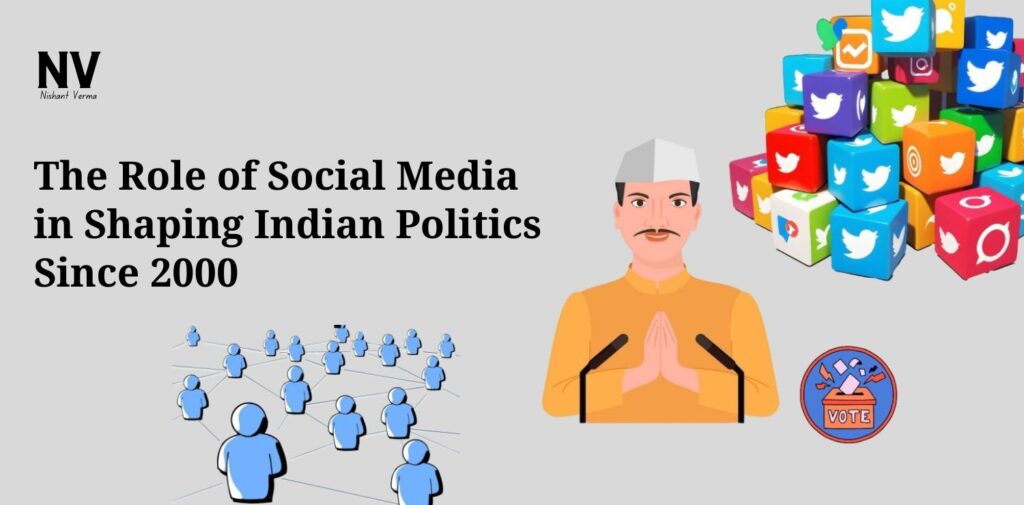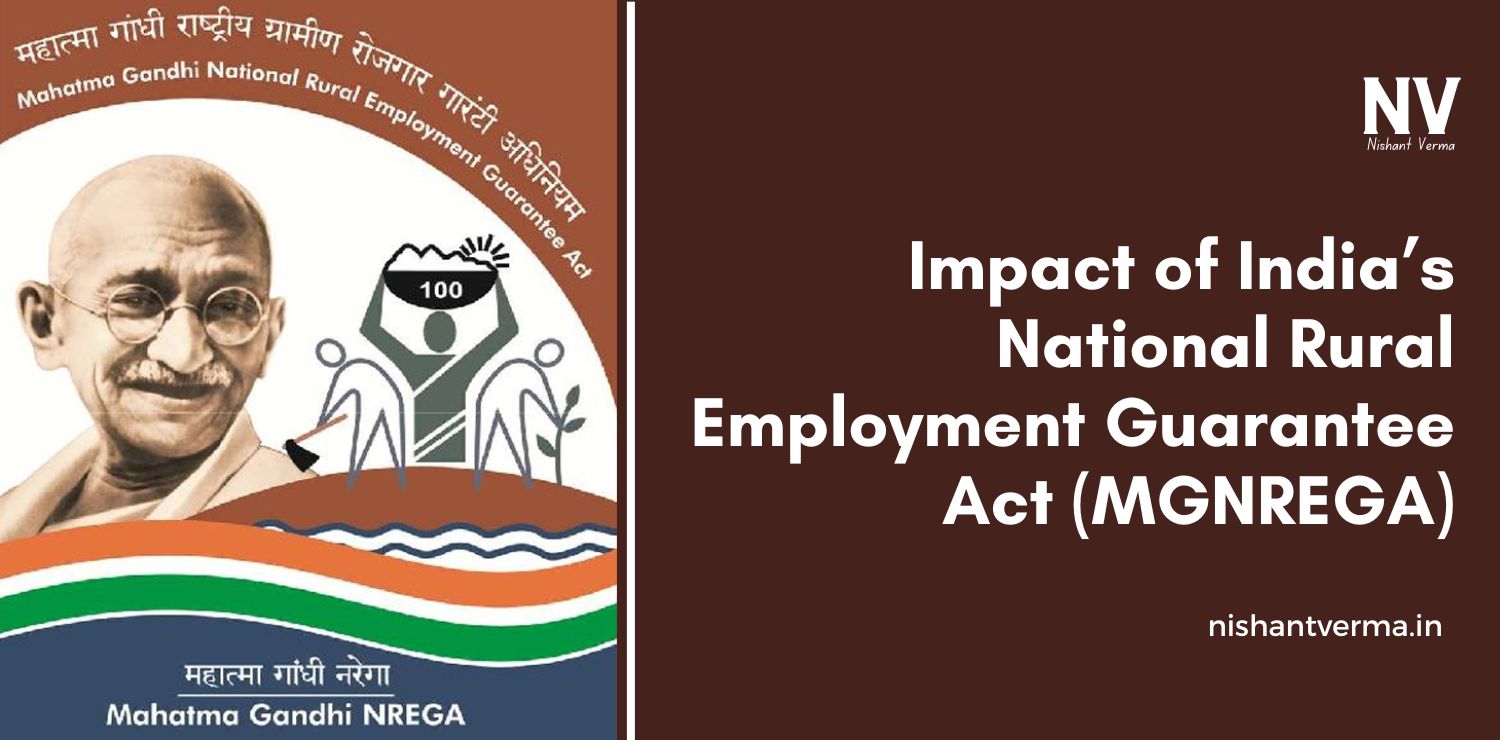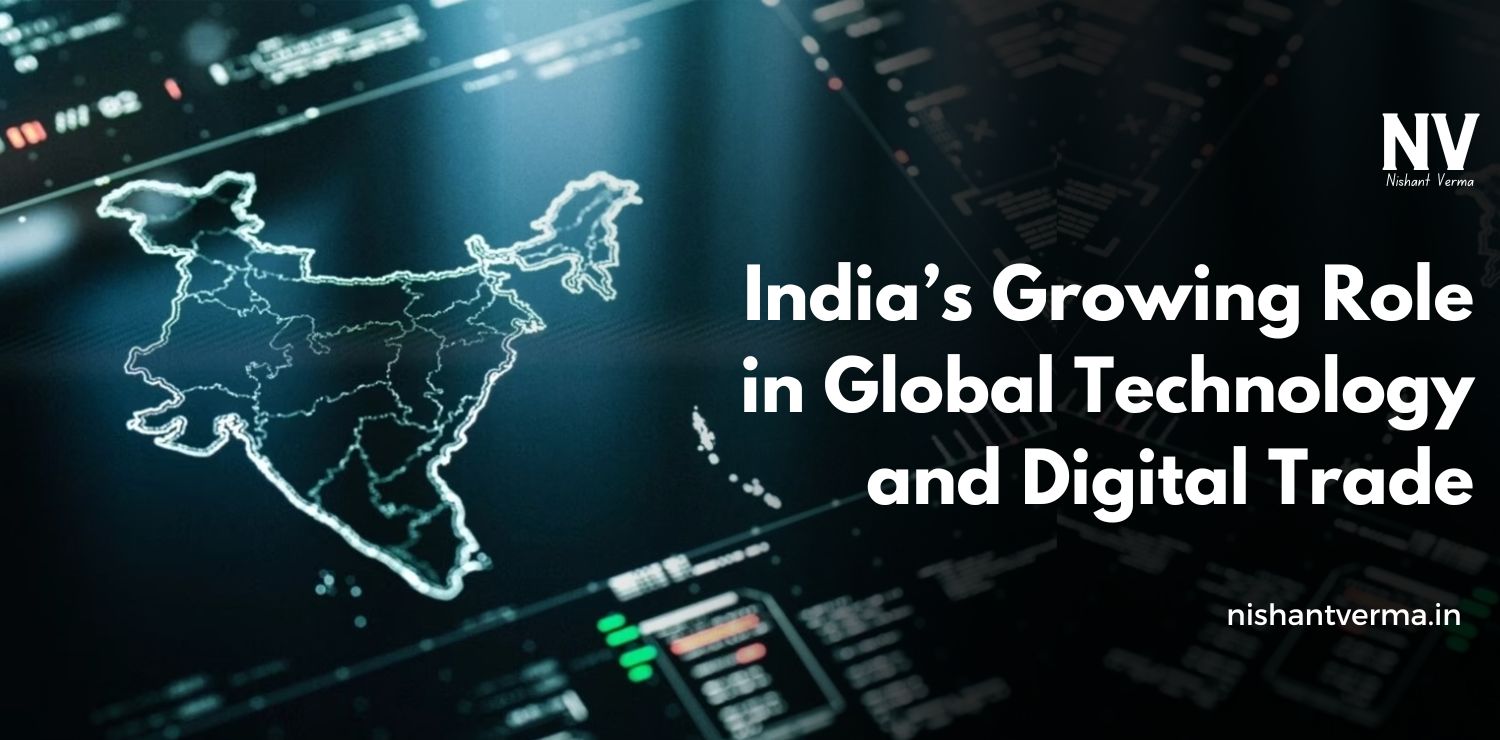Social media has become an integral part of everyday life for millions of people around the world, and India is no exception. In the last two decades, social media has transformed the political landscape of India, influencing the way political campaigns are run, how politicians engage with the public, and how citizens voice their opinions. Since the year 2000, social media platforms like Facebook, Twitter, Instagram, and WhatsApp have played an increasingly significant role in shaping Indian politics. This article explores the impact of social media on Indian politics, examining its role in elections, political communication, public opinion, and even activism.
The Rise of Social Media and Digital India
India’s digital transformation began in the early 2000s when the government started focusing on expanding internet access and promoting digital literacy. As the number of internet users grew, so did the popularity of social media platforms. By the 2010s, India became one of the largest markets for social media, with millions of users across different platforms.
Platforms like Facebook and Twitter became spaces for people to express their views, share information, and engage in debates. At the same time, politicians began to recognize the power of social media in reaching voters, especially the younger generation, who were increasingly active online. The rapid rise of smartphones and affordable internet access also played a crucial role in this transformation, making it easier for Indians from all parts of the country to connect and communicate.
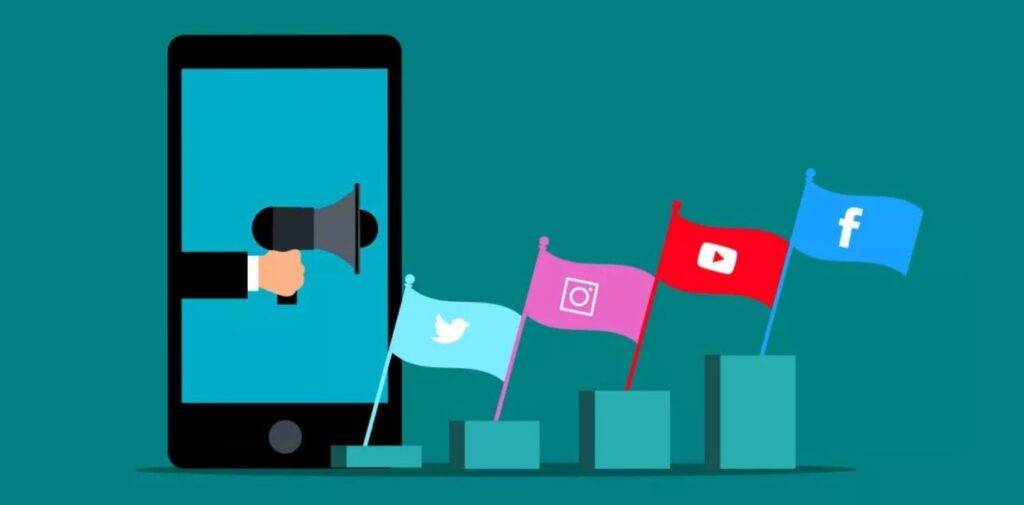
Social Media and Political Campaigns
One of the most noticeable impacts of social media on Indian politics has been in the realm of political campaigns. In the past, political parties relied heavily on traditional media such as television, newspapers, and radio to get their message out. However, with the rise of social media, political parties and leaders began to adapt to the digital age and use platforms like Facebook, Twitter, and Instagram to connect directly with voters.
During the 2009 and 2014 Indian general elections, social media played an important role in shaping public opinion and spreading campaign messages. Prime Minister Narendra Modi, for example, used social media extensively to build his personal brand and promote his party, the Bharatiya Janata Party (BJP). His strategic use of platforms like Twitter, Facebook, and YouTube helped him connect with voters in a way that had never been done before in Indian politics.
The BJP’s social media team, known for its savvy use of digital tools, was able to run highly targeted campaigns that reached specific demographics. They utilized memes, videos, and real-time updates to engage the youth, while also creating viral content that helped spread their political message quickly. This shift to social media allowed politicians to bypass traditional media and speak directly to the public.
Mobilizing Voters and Creating Political Movements
Social media has not only been used by politicians for campaigns but also by the public to mobilize and create political movements. The power of social media to organize protests, raise awareness about social issues, and challenge the status quo has been evident in several instances in recent years.
One of the most notable examples is the 2011 Anna Hazare-led anti-corruption movement, which gained significant momentum through social media. Hazare, a social activist, used platforms like Facebook and Twitter to rally support for his cause and spread his message about the need for stronger anti-corruption laws. The movement brought millions of people onto the streets, especially the youth, and led to widespread discussions about transparency and accountability in Indian politics.
Similarly, the #MeToo movement, which gained traction in India in 2018, used social media to give women a platform to share their stories of sexual harassment and abuse. Social media allowed individuals to speak out, organize campaigns, and demand justice, helping to create a societal shift in how issues of gender and harassment are addressed.
These movements demonstrate how social media has empowered citizens to take an active role in political and social change, amplifying voices that were previously unheard.
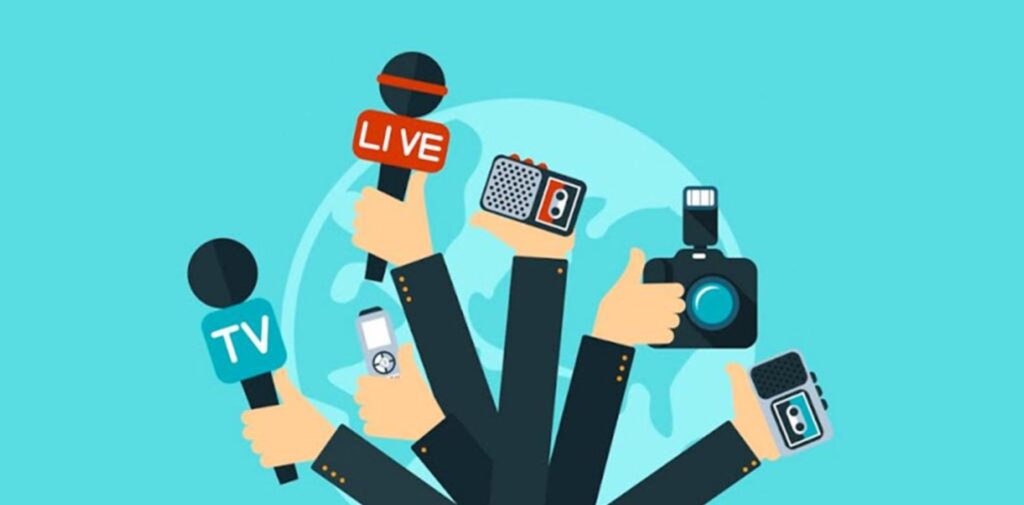
Shaping Public Opinion and Political Debate
In the age of social media, public opinion is often shaped by what people see, read, and share online. Platforms like Twitter and Facebook allow individuals to follow political leaders, participate in debates, and consume news from a variety of sources. However, the impact of social media on public opinion is complex, and it can be both positive and negative.
On the positive side, social media has created a space for open dialogue and debate. People are more informed about political issues, as news spreads quickly through these platforms. Political leaders and parties have become more accountable to the public, as citizens can directly voice their opinions and concerns on social media.
On the negative side, social media can also be a platform for misinformation and propaganda. Fake news, rumors, and misleading information spread rapidly, often causing confusion and distorting public perception. During election campaigns, political parties or individuals sometimes use social media to promote false narratives or spread hate speech, which can affect the political discourse and create divisions among people.
The challenge for India’s democracy is to find a balance between free expression on social media and the need to protect citizens from harmful content. The government has attempted to address this issue by enacting laws to regulate social media platforms, but the question of how to do so without stifling free speech remains a contentious issue.
The Role of Social Media in Connecting Politicians and Citizens
Social media has also revolutionized the way politicians engage with the public. In the past, political leaders communicated with voters through speeches, rallies, and press conferences. Today, politicians can interact with their supporters in real-time, answer questions, and share their views on various topics directly through platforms like Twitter and Facebook.
For example, Prime Minister Narendra Modi has been highly active on Twitter, where he regularly updates his followers about his government’s initiatives, policies, and personal thoughts. This direct communication helps politicians create a more personal connection with the public, allowing them to respond to criticisms, clarify doubts, and engage in conversations.
Social media has also allowed regional leaders and smaller political parties to expand their reach. Leaders from different parts of India, including those in the southern states, have used social media effectively to connect with their followers and spread their political messages, ensuring that their voices are heard on a national level.
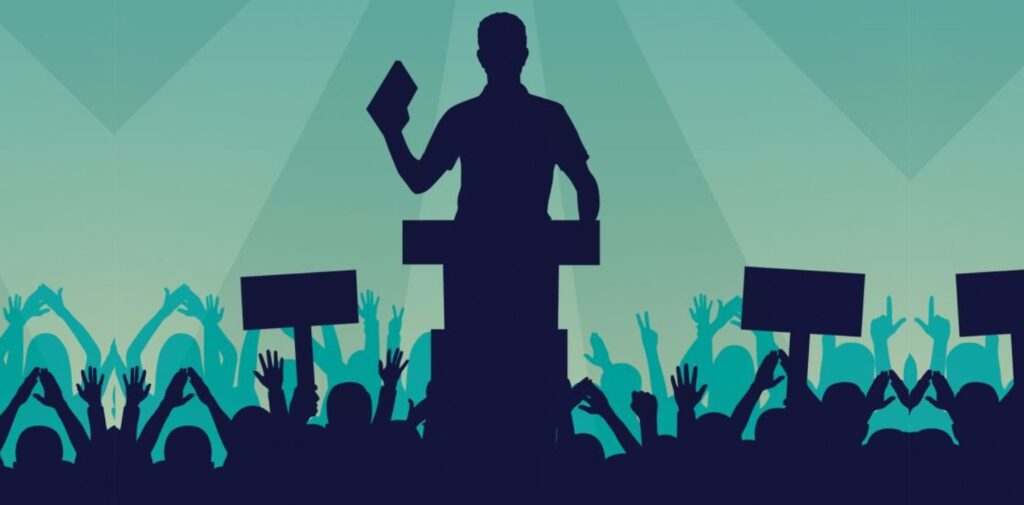
Challenges and Concerns of Social Media in Indian Politics
While social media has brought many benefits to Indian politics, it has also raised several concerns. One of the biggest challenges is the spread of fake news and misinformation, which can easily manipulate voters. In a country as diverse as India, where political beliefs vary widely, fake news can create confusion, provoke violence, and sway election outcomes.
Another concern is the increasing polarization of political discourse. Social media platforms often amplify extreme views and create echo chambers where people are exposed only to information that supports their existing beliefs. This can lead to a more divided society and hinder meaningful political dialogue.
Additionally, social media platforms have been criticized for allowing hate speech, religious intolerance, and the spread of communal messages. These issues can create tensions between different communities, leading to unrest and social conflict.
Conclusion: The Future of Social Media and Indian Politics
The role of social media in shaping Indian politics since 2000 has been both transformative and controversial. It has provided a new way for politicians to communicate with voters, helped citizens organize movements, and created a space for open debate. However, it has also introduced challenges, including the spread of misinformation, the rise of hate speech, and the deepening of political polarization.
As India continues to grow in the digital age, social media will remain a powerful tool in the political sphere. It has the potential to further empower citizens, but it also requires careful regulation to prevent misuse. The future of Indian politics will undoubtedly be shaped by how effectively the country manages the influence of social media, ensuring that it remains a force for positive change in the democratic process.

